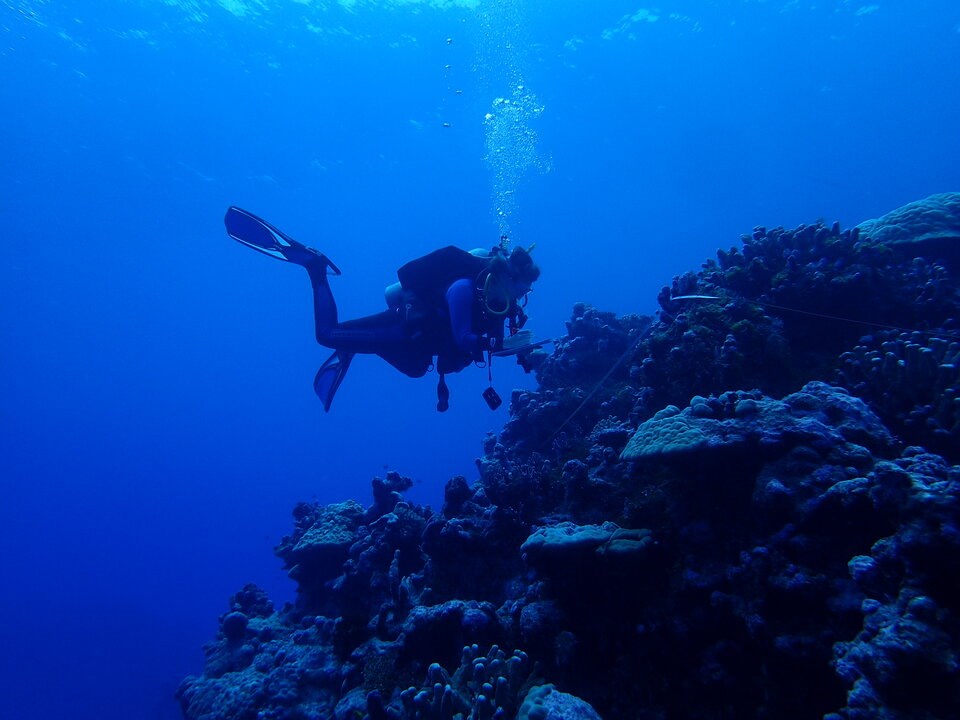Around the world, scientists have used the invasion of seaweed as a metric to reveal the damage humanity has inflicted on coral reefs. Now, new research led by a group of B.C. scientists has found the presence of slimy macroalgae has been tricking them all along.
The study, published last month in the journal Global Change Biology, involved 44 researchers worldwide. Together, they pooled 16 years of seaweed data across more than 1,200 coral reef sites in the Indian and Pacific oceans.
In the end, the researchers found that old expectations that seaweed would creep in when a reef was sick or dying were inaccurate.
"When corals die off, there's an impression that macroalgae can just take over," said Sara Cannon, a post-doctoral researcher at the University of British Columbia's Institute for the Oceans and Fisheries. "People have assumed that it's in response to local human activity or disturbance of some sort."
Cannon said she started questioning the old logic while researching in the Marshall Islands seven years ago. While she was diving, she saw different types of algae, some in places where there was a local human disturbance and some in areas largely untouched by people.
"I became really curious about what that meant for how we measure local disturbance on coral reefs," she said.
When she went to carry out research as part of her doctorate, she found there was no single seaweed database that measured how much it covered coral reefs. So Cannon started reaching out to coral reef experts around the world, eventually building a vast international team that includes traditional experts and citizen scientists.
Ultimately, Cannon said their findings show that human disturbances — like dumping sewage or fertilizer-laced water near coral reefs — don't always mean seaweed will creep in to take over the dead or dying coral.
"There tends to be kind of a value judgment against seaweed like seaweed is a bad thing to have in a tropical coral reef ecosystem. And that's just incorrect," she said.
Some interventions to protect coral reefs could even be backfiring, she added. In some cases, she said there's evidence seaweeds have acted like a parasol protecting corals from the sunshine that causes coral bleaching.
Finding a yardstick to measure the health of coral reefs is critical, said Cannon, especially as scientists work to trace the impacts of human activity and climate change.
Coral reefs are the most biologically diverse ecosystems on the planet after rainforests. They also directly feed over a billion people. And as climate change raises sea levels and increases the impacts of storm systems, coral reefs are expected to become critical shields defending islands from damaging waves.
"So if we're worried about, for example, people being forced to move away from their homelands because of rising sea levels, coral reefs are a really important part of preventing that from happening," said Cannon.





